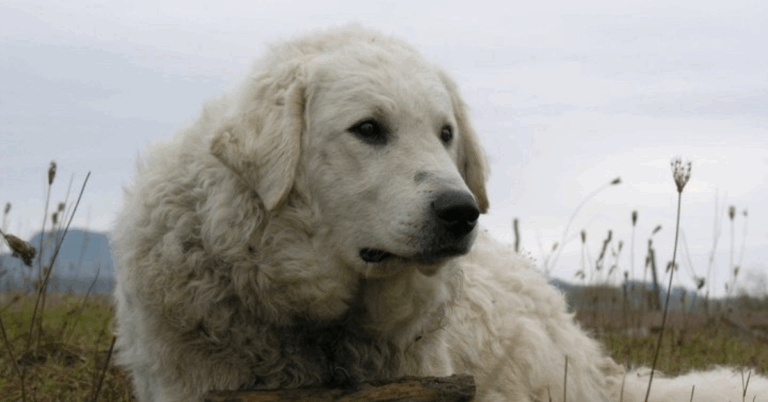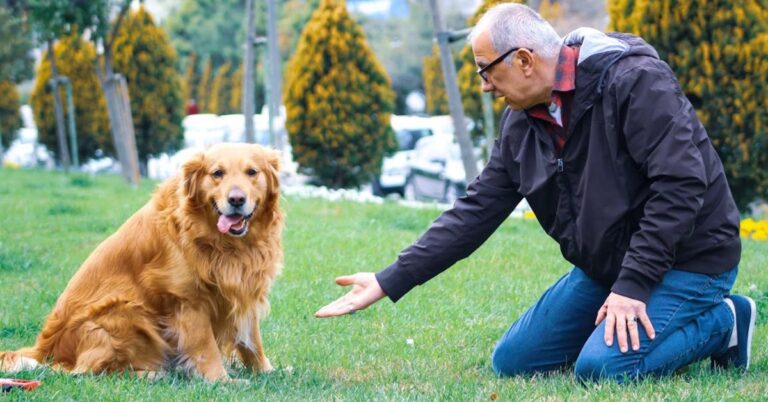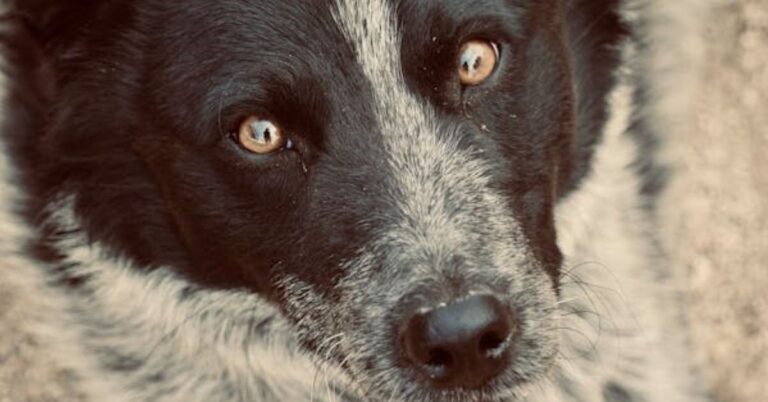10 Sounds Dogs Make That Are More Than Just Barking
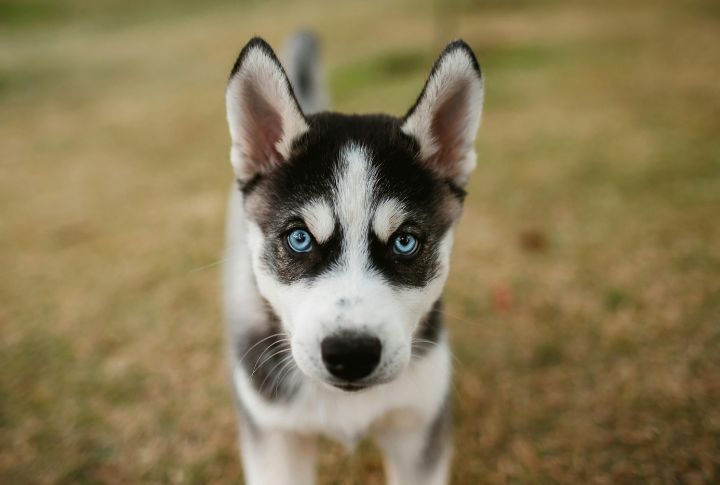
Sometimes, dogs make strange noises, which can leave owners wondering what it actually means. These noises, however, reveal emotions, instincts, and potential health concerns. If you ever hear your dog make these ten types of noises, make sure you know the meaning behind them.
The Woo-Woo Call
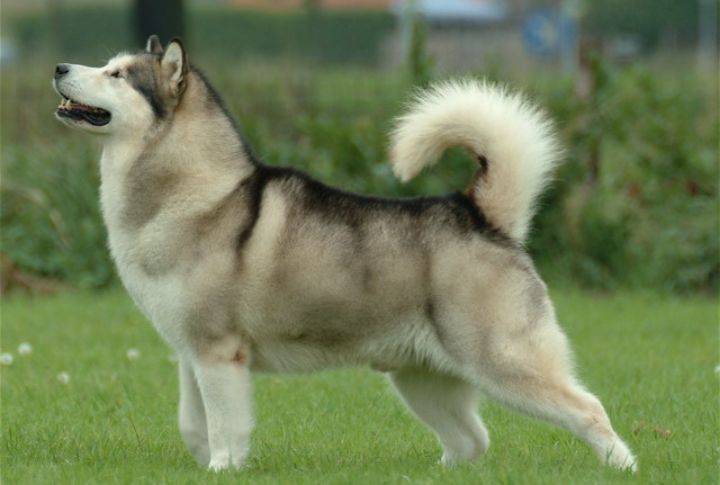
Have you ever heard a dog vocalization that almost sounds like words? Certain breeds, such as Huskies and Alaskan Malamutes, produce a “woo-woo” noise resembling an attempt at conversation. This expression typically happens during moments of excitement or attention-seeking. Some even develop signature “phrases” unique to their personality!
Rumbling Sleep Noises

Think only humans snore? Not quite. Short-muzzled pets, especially Bulldogs and Pugs, can turn bedtime into a noisy night. Most cases are harmless, but if the snores shake the room, it might be time to visit the vet. Sometimes, sleep apnea and a blocked nose can be behind this issue.
Muffled Bark
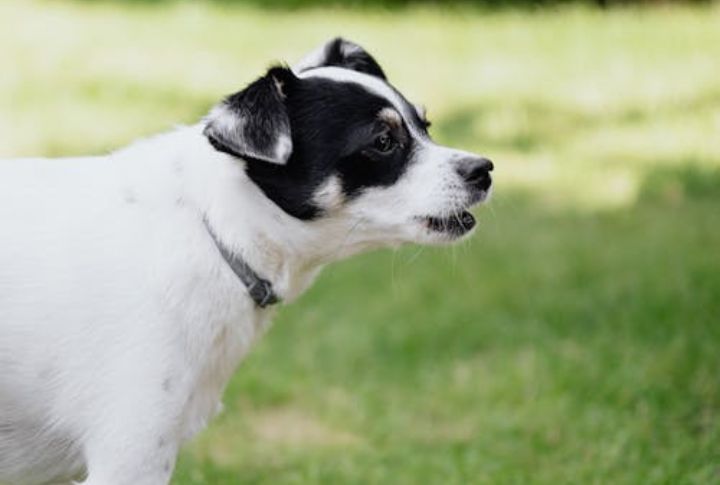
Something felt off, but not enough to trigger the full-blown alarm. That’s when a pup lets out a soft, muffled “woof.” It typically indicates uncertainty or an effort to process an unfamiliar situation. A muffed bark may occur when they notice a peculiar object, hear an odd sound, or sense hesitation from their owner.
The Dramatic Sigh
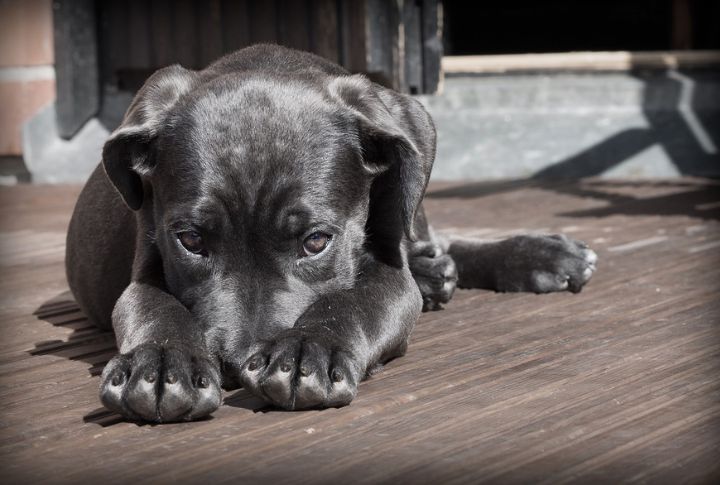
Owners, take note. Dogs can be as expressive as humans, and a heavy sigh can communicate two emotions. A relaxed, slow exhale signifies pure comfort, frequently paired with sprawling onto the floor. However, a sharper, impatient sigh conveys frustration, signaling boredom or mild annoyance.
High-Pitched Whimper
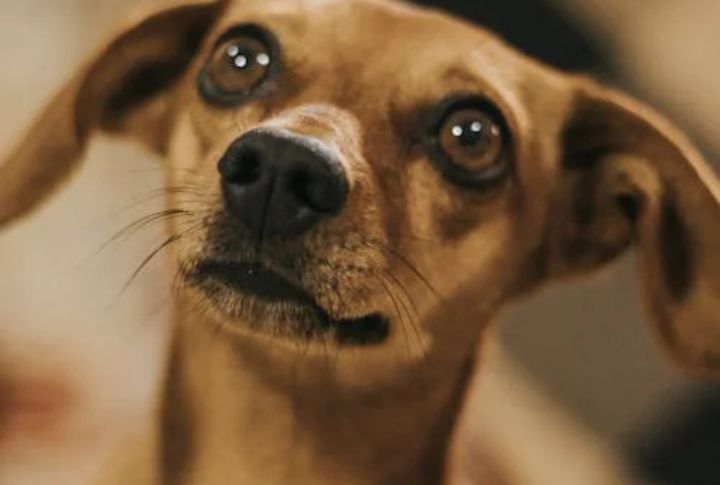
Puppies use whimpering as a natural way to communicate with their mothers, and many never abandon the habit. Whether signaling hunger, seeking comfort, or demanding attention, this sound is designed to prompt a response. Studies show that humans instinctively react to whining similarly to how they respond to crying infants.
Playful Growl
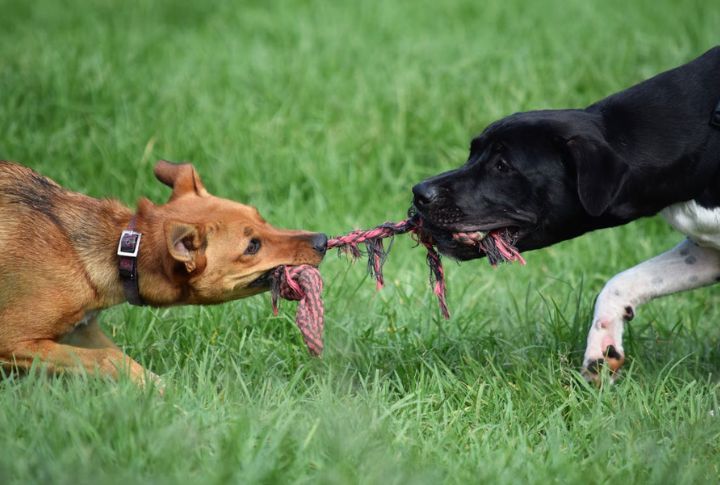
Picture a Boxer locked in a friendly game of tug-of-war, letting out a deep, throaty growl. It may sound fierce, but the relaxed stance and wagging tail say otherwise. For some breeds, playful growling is just part of the fun, a vocal way to show enthusiasm.
Reverse Sneeze
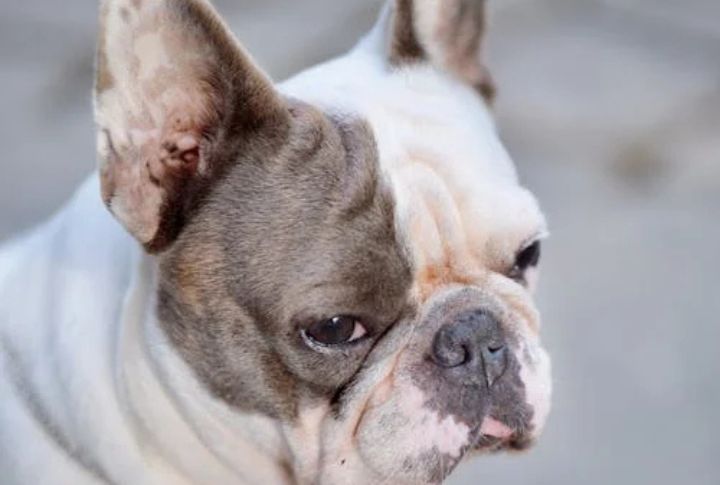
A reverse sneeze happens when a dog quickly inhales due to nasal irritation. It sounds like a mix of choking and snorting, yet it is harmless. Small breeds, particularly Pugs and Chihuahuas, experience this phenomenon more frequently. However, if these episodes seem to increase, you should visit the vet.
Grumbling
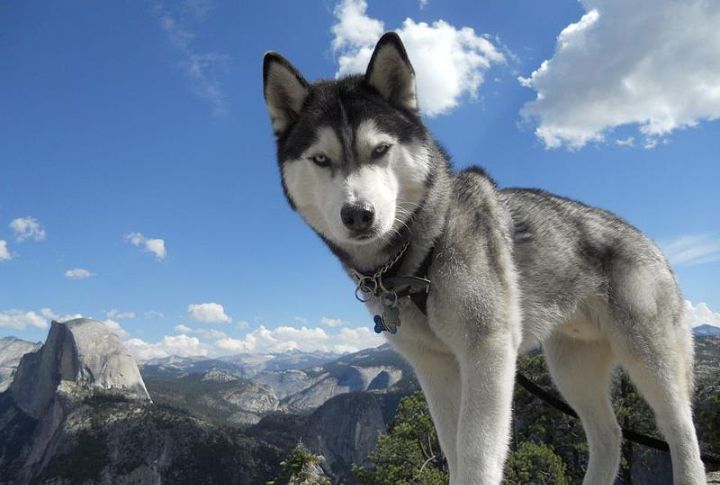
Have you ever had a dog talk back? Some breeds, like Alaskan Malamutes and Huskies, produce a long, dramatic murmur as if they’re sharing their opinions. Sometimes, it’s a sign of pure joy, but other times, it’s a complaint about not getting that extra treat. Learning the difference keeps things fun.
Howl
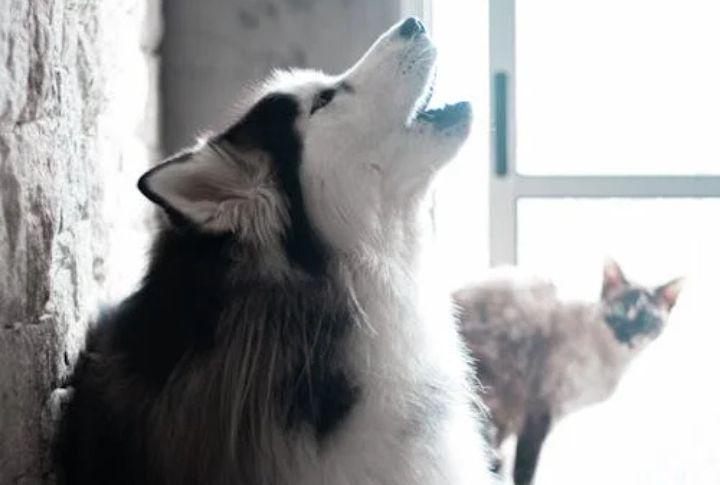
Howling is a deeply ingrained behavior that stems from their ancient wolf genes. Domestic dogs, particularly vocal breeds like Huskies and Beagles, still exhibit this trait. Science says that specific frequencies trigger this response, making sirens and distant sounds irresistible cues. Also, howling when they’re alone may signal separation anxiety.
The Excited Yip
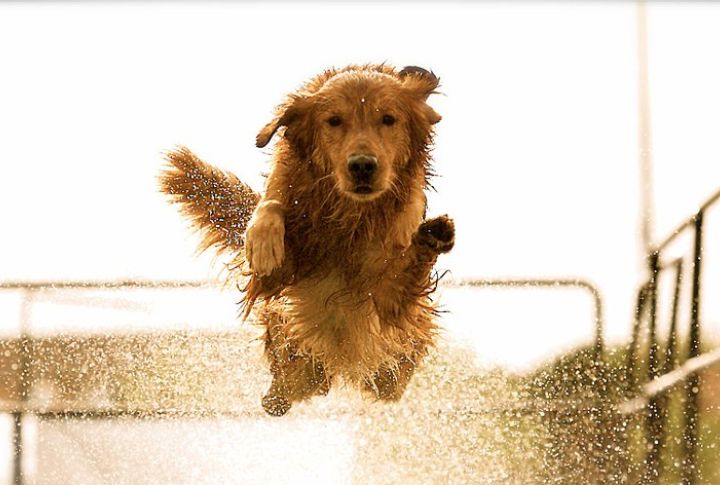
A sudden, high-pitched yip often bursts out when a dog experiences a surge of excitement. This sound frequently accompanies playful zoomies, greeting rituals, or moments of sheer joy. Some dogs emit a single sharp yip, while others string together a series of quick, happy barks to express their enthusiasm.

